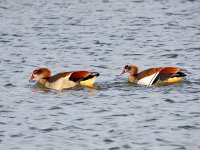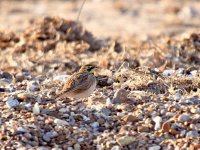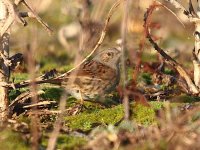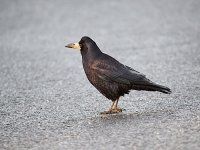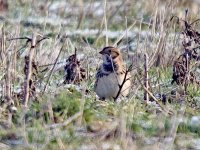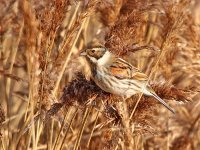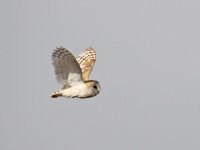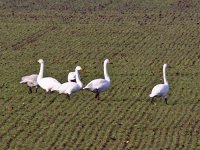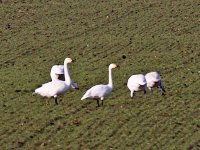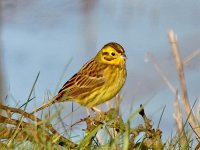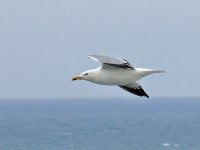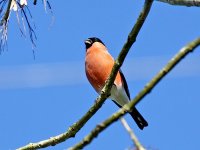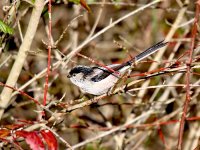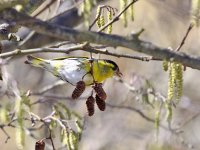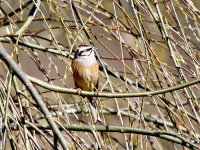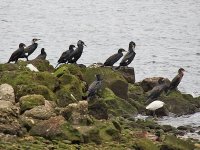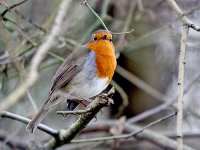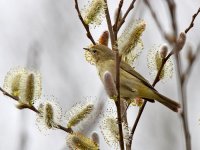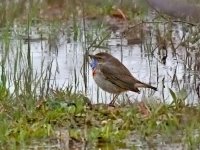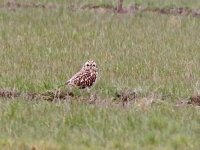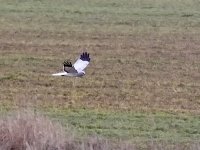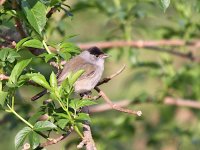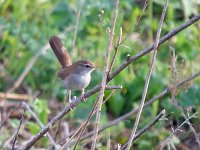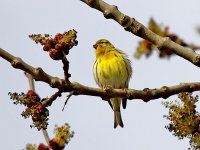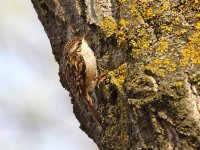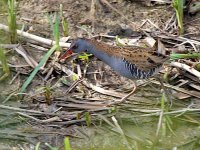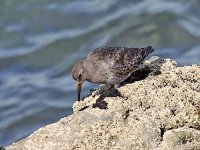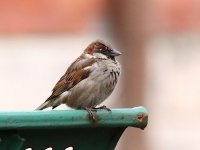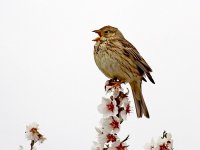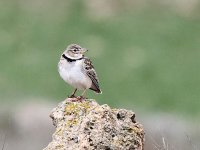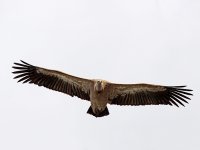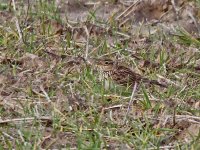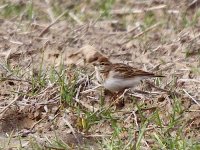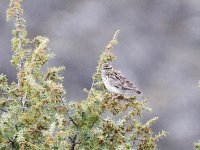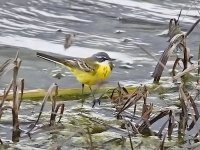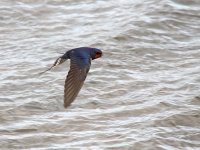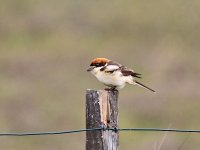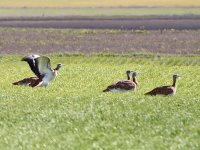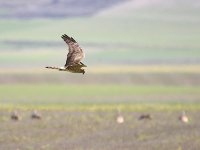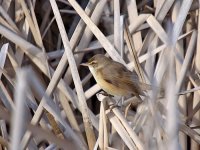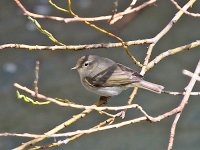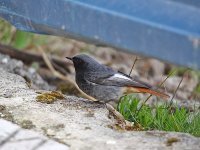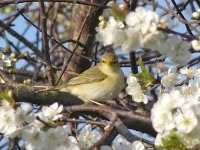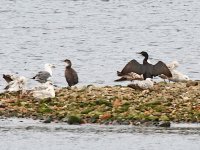madamcoolpix
a.k.a. Madam Butterfly
And the only other place we had time to visit in my second whole day in Norfolk was the incredible Snettisham RSPB! o Wow, what a place! Right as we arrived got another lifer, the Egyptian Goose (pic a). I loved the views in the beach with the mudflats in the late afternoon light, the harsh walk through the slippery muddy trails to reach the area was really worthwhile. The birds present there were mainly in backlight (as the Knot in pic b) but still got the target bird there, the Shore Lark! :bounce: Chuffed to have immortalized it in a few pics (pic c plus another in my gallery for example).
Wow, what a place! Right as we arrived got another lifer, the Egyptian Goose (pic a). I loved the views in the beach with the mudflats in the late afternoon light, the harsh walk through the slippery muddy trails to reach the area was really worthwhile. The birds present there were mainly in backlight (as the Knot in pic b) but still got the target bird there, the Shore Lark! :bounce: Chuffed to have immortalized it in a few pics (pic c plus another in my gallery for example).
30 January 2010: Snettisham RSPB, Norfolk, SE England
107. Egyptian Goose (Alopochen aegyptiacus)
108. Shore Lark (Eremophila alpestris)
I doubted if adding the Dunnock in pic d but it's the souvenir I have of playing "hide-and-seak" with it and should be in this diary. |=)|
And later, at dust, we went to try to find some Barn Owls. We didn't find any… but found something even better for me, another lifer, and a very unexpected one (I never thought I'd see this bird)!!!
30 January 2010: area of Holkham, Norfolk, SE England
109. Woodcock (Scolopax rusticola)
Really, the day couldn't finish in a more exciting way!!! :bounce:
30 January 2010: Snettisham RSPB, Norfolk, SE England
107. Egyptian Goose (Alopochen aegyptiacus)
108. Shore Lark (Eremophila alpestris)
I doubted if adding the Dunnock in pic d but it's the souvenir I have of playing "hide-and-seak" with it and should be in this diary. |=)|
And later, at dust, we went to try to find some Barn Owls. We didn't find any… but found something even better for me, another lifer, and a very unexpected one (I never thought I'd see this bird)!!!
30 January 2010: area of Holkham, Norfolk, SE England
109. Woodcock (Scolopax rusticola)
Really, the day couldn't finish in a more exciting way!!! :bounce:




